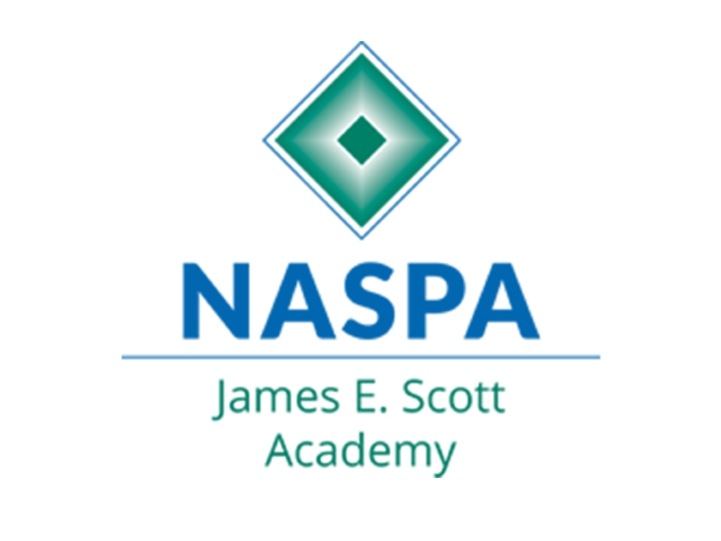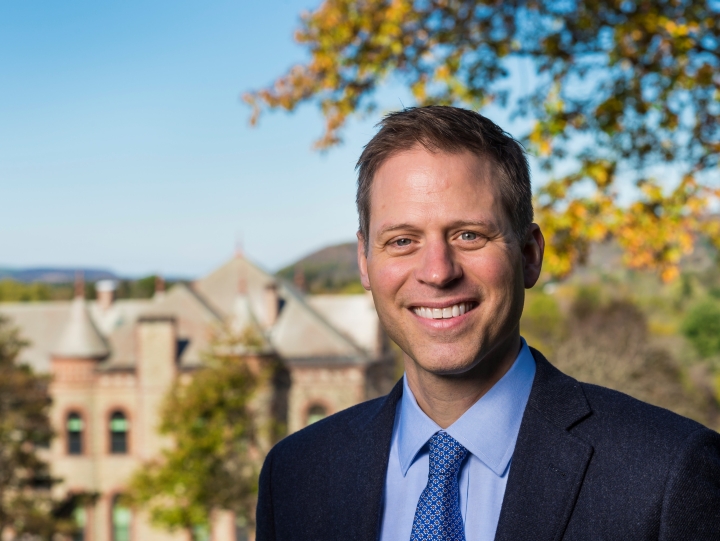
What Are You Doing to Stay Relevant?
Career and Workforce Development Supporting the Profession AVP or "Number Two" Senior Level VP for Student Affairs
February 6, 2023
Just as I was beginning my student affairs career in 1997, Beloit College began publishing an annual list of interesting facts about that specific year’s college traditional first-year students. Subsequently, each fall semester, I would peruse this list of generational characteristics about the cohort of incoming first-years, without recognizing the age difference that was growing incrementally between me and my students. I’d chuckle to learn something interesting or peculiar about the new students each year such as, “this is the first generation for whom a phone has been primarily a video game, direction finder, electronic telegraph and research library.” Or, a related example from the Class of 2023, “The primary use of a phone has always been to take pictures.”
This past fall semester, as I reviewed the list, (which is now called the “Mindset List” and under the auspices of Marist College), I became aware, for the first time, that more than 25 years have now passed since this first list was published and that references to the incoming class no longer felt familiar to me. Candidly, I felt old, and the Mindset List was more of a reminder of my own age than about the generational differences of my students. I thought to myself, “When did I get so old?” And, more importantly, I thought to myself, “how do I remain connected and relevant to my students?”
I don’t have children, which is probably why I was surprised this year when I welcomed the newest parents in August and realized for the first time that they were my age. An interesting shift had occurred, seemingly suddenly. For years, my relative youth allowed me to stay relevant with students and connect easily with them as an administrator; indeed, an asset for working with students. At the same time, my younger age often made me feel like I needed to justify my credentials and experience when talking with parents - my age was a liability when standing on the front of the stage and trying to offer advice. What seemed like an overnight switch, it’s now the parents with whom I am more easily connecting with.
As chief student affairs officers, it is important to remain connected with students. As one of our primary constituents, we need to understand their reference points and everyday language. We can be more empathic if we have insight into contemporary student culture and appreciate students’ lived experiences and current challenges. Perhaps most importantly, if we don’t do these things, we are likely to be seen as irrelevant to students and our communications with them will have far less impact. A recent phrase of dismissal, “Okay, boomer,” illustrates my point.
With this in mind, I worked a little harder this fall semester to become a researcher of my students instead of just an observer. While I am still resisting the downloading of TikTok, I am trying to understand its allure and utility in student culture. I do know what it is, even if I don’t know the trending posts. Instead of dismissing my students’ seeming need to document everything through photos or social media posts, I am working to understand why doing this creates more legitimacy to their lived experiences. I also try to correct, gently and politely, my colleagues’ dismissals and critiques of “the students of today,” and instead ask them to explore the strengths of these characteristics. Just as we don’t want to be dismissed by students, we are stronger administrators when we don’t dismiss their experience as somehow inferior to our own.
In Chambliss and Takacs’ book, How College Works (2014; Harvard University Press), the authors emphasize the importance of placing good teachers, mentors, and students in the same rooms and spaces together to maximize student learning and success. Surely, the authors’ recommendation is predicated on teachers, administrators, and staff having an appreciation and understanding of the students they are serving. It’s not the mere physical presence that matters; it’s creating meaningful connections in these spaces. To do this, chief student affairs officers, and their teams, must share a common understanding, a language, an appreciation for student culture, and a respect for an experience that may look markedly different from their own. Their experiences are marked by the impact of an ongoing pandemic, ramifications of social unrest over racial injustices, expensive (and rising) tuition costs, a raucous political environment, information overload, and climate change. This was not my undergraduate experience.
What does all of this mean for us? For starters, we can no longer rely on our own personal experiences as “source material” to be informed about what it is like to be a student enrolled in college today. Reading and immersing ourselves in colloquial language may need to become an intentional act, just like anything else we do to serve our students. Reading updated research on student development and the student experience is required homework for the job (it’s always been, I should add, but perhaps even more so as reference points change). Even the preface about understanding today’s college students, outlined in the seminal work, Learning Reconsidered (2004, p.2), is now outdated. Spending time with students in casual settings, over meals or in settings where we are listening (and not the guest speaker), can also help. Whatever the approach to becoming familiar with what may have become unfamiliar to us over time, will help us stay relevant, informed, and effective educators.
What are you doing to stay relevant? I welcome your thoughts and ideas for remaining connected to contemporary student culture. If I receive enough responses, perhaps I’ll submit a follow-up blog with your ideas and suggestions.
 Paul J. McLoughlin II serves as the vice president and dean of the college at Colgate University and is a member of the NASPA James E. Scott Academy Board.
Paul J. McLoughlin II serves as the vice president and dean of the college at Colgate University and is a member of the NASPA James E. Scott Academy Board.